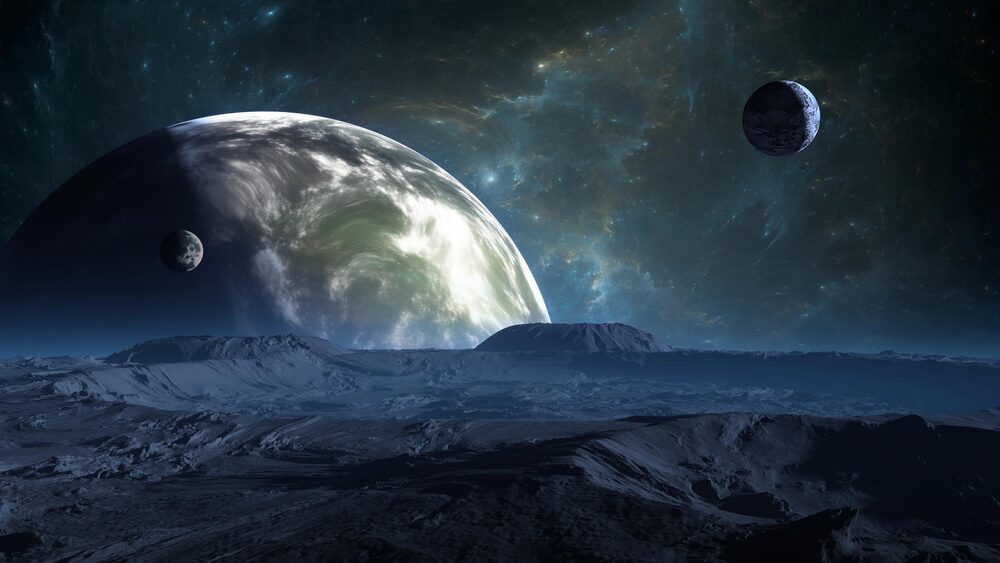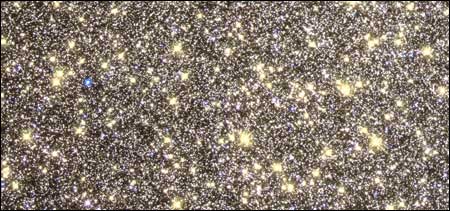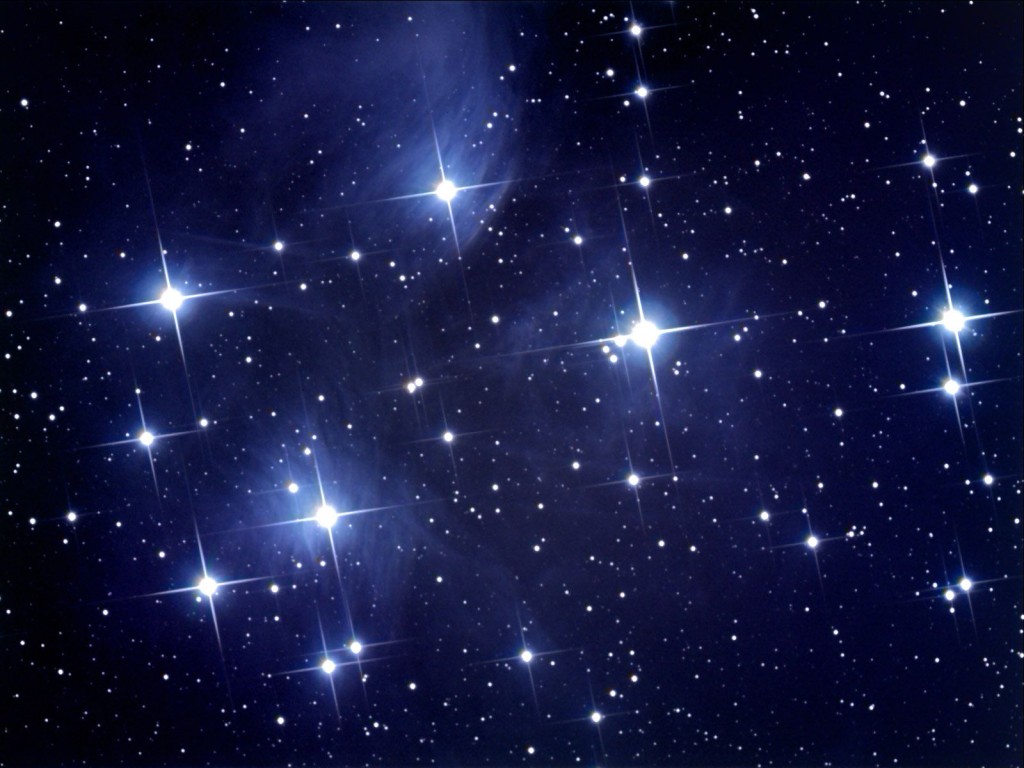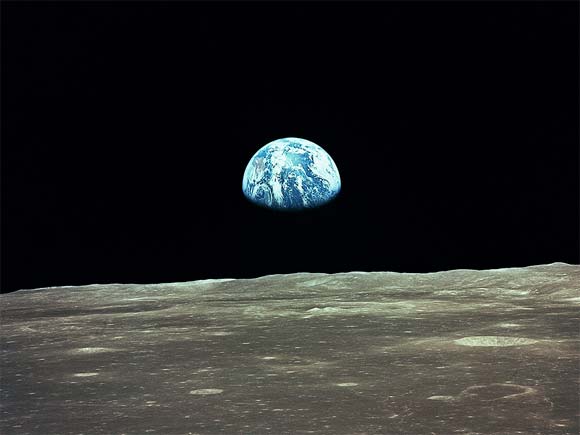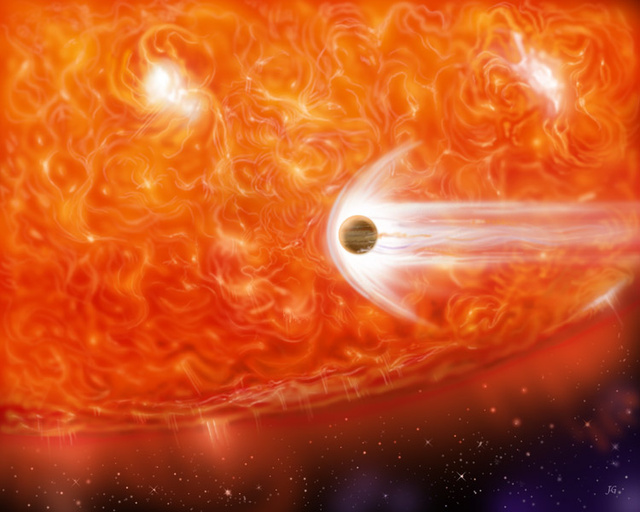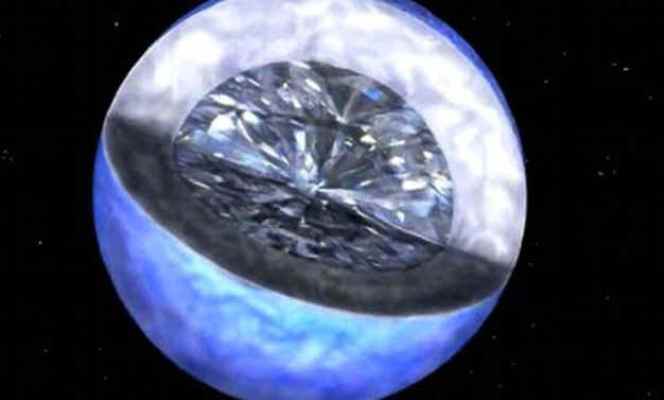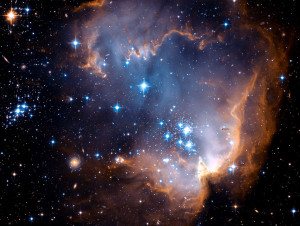As they say, fact is very often stranger than fiction and this is never more true than when we look at the universe that surrounds us. The numbers, distances and concepts involved with the universe are mostly too vast for us to understand properly, but it’s fun trying.
10. Number Of Stars In The Universe
There are as many stars in the universe as there are grains of sand on every beach on the earth. Ridiculous? No. Fact. Astronomers estimate there are about 400 million stars in our Milky Way galaxy. It’s an average sized ‘Barred Spiral’ galaxy about 100,000 light years across. There are something like 50 billion galaxies in the universe and probably a lot more than that. Some are far larger than ours containing many billions of stars, but if we assume something like 400 million stars per galaxy on average we get a 2 followed by 19 zeros. A quintillion. An awful lot of stars.
9. Fastest Spinning Object In The Universe
Neutron stars are the fastest spinning objects in the universe and can rotate at up to 700 times per second. A Neutron star forms when a giant star turns into a supernova, blowing off its outer layer and leaving its core to collapse. This collapsed material builds density and an incredible amount of gravity which eventually forces the protons and electrons to meld together to form neutrons. A typical neutron star may only be a few miles or kilometres wide but it is made up of the material from a giant star many times larger than our sun. A teaspoon of a neutron star weighs several billion tons. Wow!
8. The Composition Of The Universe
In 2003 NASA and Princeton University launched a satellite, the Wilkinson Microwave Anisotropic Probe (WMAP), that captured the oldest light in the universe and produced the most accurate map of the universe we have. The light captured is called the Cosmic Microwave Background which is the cooled remains of the Big Bang. The WMAP image has confirmed the age of the universe at 13.7 billion years with just a 1% margin for error. It has also revealed that only 4% of the universe is made of atoms, while dark energy makes up 73% and dark matter 23%. Check out this video on dark matter and dark energy, the things that make up 96% of our universe.
7. What We See In The Night Sky Is Old
The distances in space are so great that the light from Proxima Centauri, the nearest star to our solar system, takes over 4 years to get here. Most of what we see in the night sky is at least that old and in some cases millions of years old. Some of the stars we see probably don’t exist any more. When we look at the night sky we are actually looking back in time. The exceptions to this rule are our Sun and the planets in our solar system. Light takes about 8 minutes to reach us from the Sun (93 million miles / 150 million kilometres) so in fact the Sun might have blown up 8 minutes ago and we wouldn’t know. Light from the furthest planet, Pluto (although technically it isn’t a planet anymore), takes around 5 hours to reach us.
6. We Are Losing Our Moon
Yes, the moon is moving away from the Earth at the rate of about 3.8 centimetres per year. This is happening for a number of reasons. The Earth rotates faster than the moon circles the earth so the Earth tries to pull the moon along. At the same time the tidal bulges created by the interaction between the Earth and the moon cause friction on the floor or our oceans, slowing the rotation of the Earth. Energy is essentially being transferred from the earth to the moon. Ironically the net result of all this is that the moon is slowing causing its orbit to expand. About 600 million years ago the moon was much closer to the arth. An Earth day was less than 22 hours in length meaning there were 400 days in the year. Just when you thought everything in our world was nice and ordered you had to find this bit of information.
5. Our Sun Will Eat Us
In about 5 billion years the sun will become a red giant and expand past the orbit of the Earth, thus consuming Mercury, Venus and Earth. But even before that happens the sun will have increased in temperature, evaporating the oceans and making life here very difficult. Of course by then we will have learnt how to travel through worm holes and will have populated other very interesting worlds out there in the universe.
4. The Biggest Star In The Universe
Westerlund 1-26, at around 2.8 billion kilometres in diameter, is believed to be the largest star so far discovered. If this star was placed in our solar system it would occupy the space out to the orbit of Neptune. Westerlund 1-26 is a red supergiant and although it is extremely large it is relatively cool at about 3,000K (our Sun is 5,700K). This video gives a very good visual representation of the size of red supergiants…
3. The Most Spectacular Planet
55 Cancri e is a planet about twice the size of the earth but, amazingly, is made entirely of carbon. With a surface temperature of over 1,600C the conditions are ideal for turning all that carbon into diamond and graphite. What it might look like can only be imagined. Pretty spectacular.
2. New Stars Born Each Day
While most of the stars that will ever be born have been born, it is estimated that 3 new stars are formed each year in our Milky Way galaxy. There are 50 billion galaxies in the universe and our galaxy is considered to be about average in size, so we can deduce there are about 150 billion new stars created each year in the universe. That’s about 400 million new stars every day, or about 4,800 new stars every second. For a universe that is growing more slowly than ever before, that’s a lot of new stuff.
1. The Largest Thing In The Universe
The Large Quasar Group (LQG) was discovered earlier this year by an international group of astronomers. Quasars are the nuclei of old galaxies and they tend to group together forming structures in a single entity. The LQG is… wait for it… 4 billion light years across. Light travels at 186,000 miles per second (300,000 kilometres per second). Per second. Imagine how far it travels in a minute, an hour, a day, a year, a decade, one hundred, one thousand, one million years. All small fry compared to 4 billion. Our galaxy, the Milky Way, is 100,000 light years wide. The LQG is 4,000,000,000 light years wide. That’s 40 Milky Ways end-to-end. The universe is 13.8 billion years old so the width of the LQG is about 30% of the age of the universe if you equate light years to years. I’ve driven 3,000 kms, it took 5 days. I’d need to do that 1,000 times to travel as far as light travels in one second. And the LQG is 4 billion light years (years) across. I think you get the point. Big.
http://youtu.be/_HNUCXCcORM
